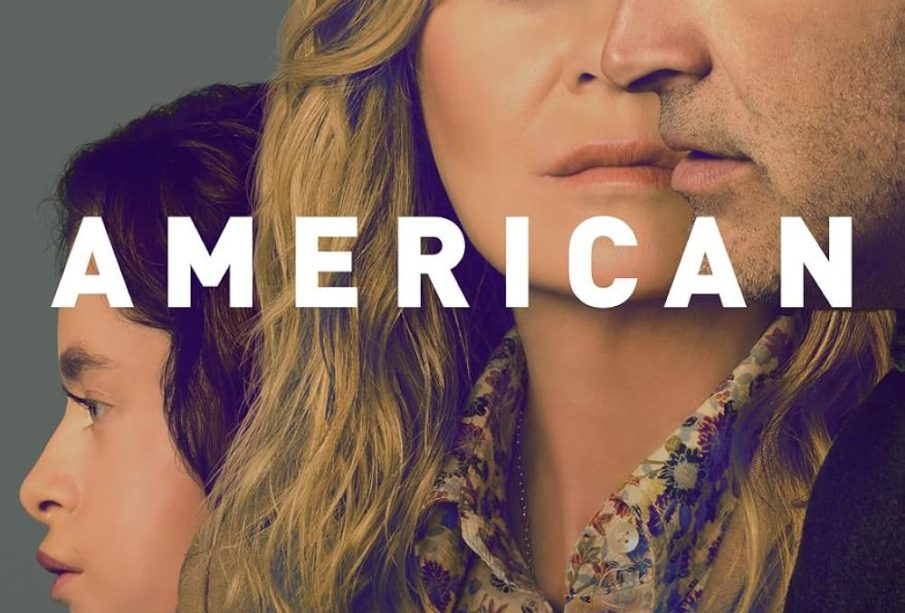Understanding the Concept of the Good American Family

Introduction
The concept of the “good American family” has long been an integral narrative in the cultural and social fabric of the United States. Over the decades, it has signified various ideals of family life, including parental roles, values, and the overall pursuit of happiness. As contemporary society evolves, understanding what constitutes a “good American family” becomes even more necessary, especially in a diverse and multicultural environment.
Historical Context
Historically, the image of the good American family often depicted a nuclear structure, with a breadwinner father, a homemaker mother, and children. This archetype rose to prominence during the post-World War II era, symbolizing stability and prosperity in the United States. Films and television shows glorified this model, creating a persistent narrative that influenced public perception.
Modern Interpretations
With the advent of social changes in the late 20th century, including shifts in gender roles, increased divorce rates, and varying family structures (single-parent families, blended families, LGBTQ+ families), the traditional depiction of the good American family has broadened. Today, the focus shifts to inclusivity and emotional well-being. Interestingly, studies indicate that happiness within a family unit is increasingly tied to qualities such as love, support, and communication rather than a specific familial structure.
Recent Trends and Research
Recent surveys, such as those conducted by the Pew Research Center, highlight that many Americans now define a successful family life not just in material success but in fulfilling relationships and nurturing environments. According to a 2023 study, 74% of Americans believe that the most important factor in determining a good family is the bond between family members, rather than conforming to traditional structures.
Conclusion
The notion of the good American family is evolving from a rigid template to a more flexible understanding that embraces diversity. Significantly, it reflects a shift from societal expectations to individual family dynamics shaped by respect, support, and love. As we look ahead, it is likely that discussions around family will continue to expand, emphasizing emotional intelligence and connection over mere structure. This evolution is crucial for fostering a society that acknowledges and values the myriad ways families can form and thrive in contemporary America.









